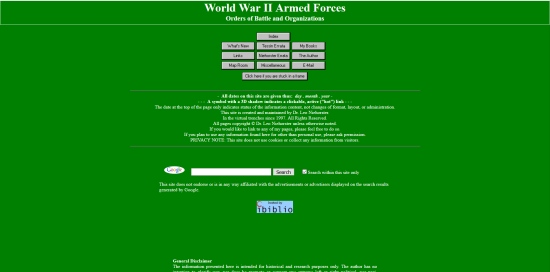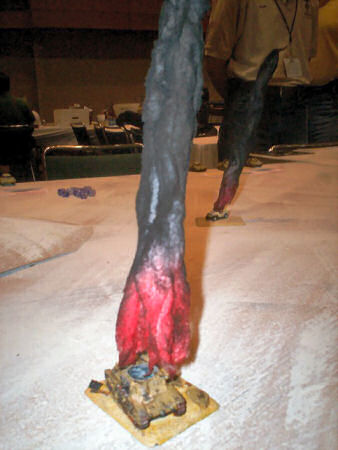Battle of Tai'erchuang - April 6th, 1938

The battle involved a Japanese plan to conquer Xuzhou, a major city in the East. However, the Japanese failed to consider the plans of generals Li Zongren and Bai Chongxi, who planned to encircle the Japanese in the town of Tai'erzhuang. The Japanese operation started on 24 March. Overconfidence led the Japanese commanders to overlook the thousands of inconspicuous "farmers" in the area, who were affiliated with Li Zongren, and cut communication lines and supplies, diverted streams, and ruined rail lines. By late March, supplies and fuel were being dropped from airplanes to Japanese troops, but the quantities were insufficient.
On March 29, 1938, a small band of Japanese soldiers tunneled under Tai'erzhuang's walls in an attempt to take the city from within. They were caught by the Chinese defenders and killed. Over the next week, both sides claimed to hold parts of the city and surrounding area, and many were killed in small-arms battles.
Finally, the Japanese attacked frontally, failing to consider the greater Chinese numbers. A major encirclement on April 6, with Chinese reinforcements, preceded a major Japanese defeat and retreat, which the Chinese failed to capitalize upon fully through pursuit due to a lack of mobility.
Amid the celebrations of the victory in Hankow and other Chinese cities, Japan tried to deny, and ridiculed the reports of the battle for days. It was reported in the world's newspapers, however, and by mid-April had provoked a Cabinet crisis in Tokyo.
The Chinese scored a major victory, the first of the Nationalist alliance in the war. The battle broke the myth of Japanese military invincibility, and resulted in an incalculable benefit to Chinese morale.

Download the free scenario available in the Free Scenarios folder of the PANZERKORPHQ Yahoo! Group.











